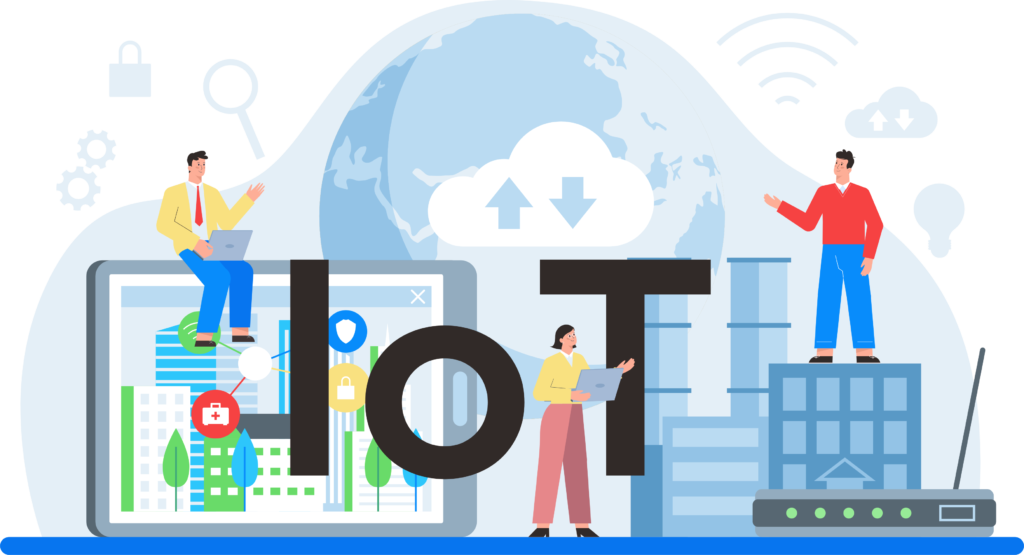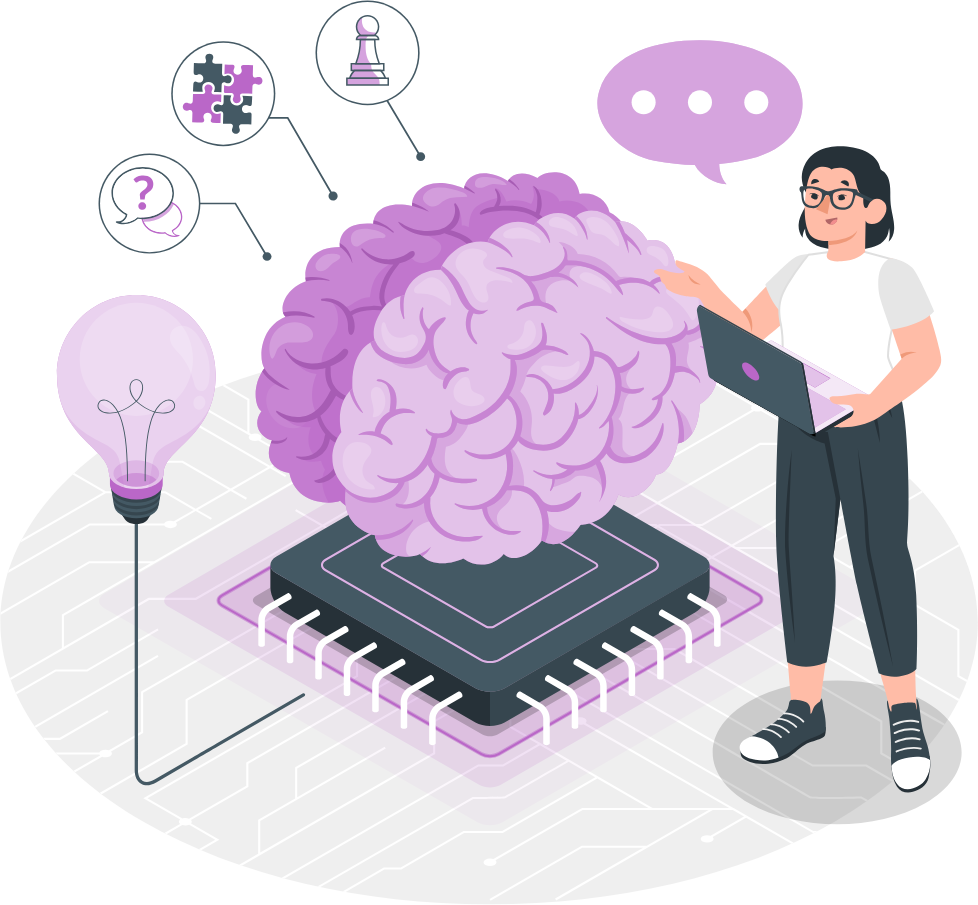-
Clear Project Estimates
Get a simple and accurate idea of how much time and money your project will need—no hidden surprises!
-
Boost Your Revenue with AI
Learn how using AI can help your business grow faster and make more money.
-
Avoid Common Mistakes
Find out why many businesses fail after launching and how you can be one of the successful ones.




























